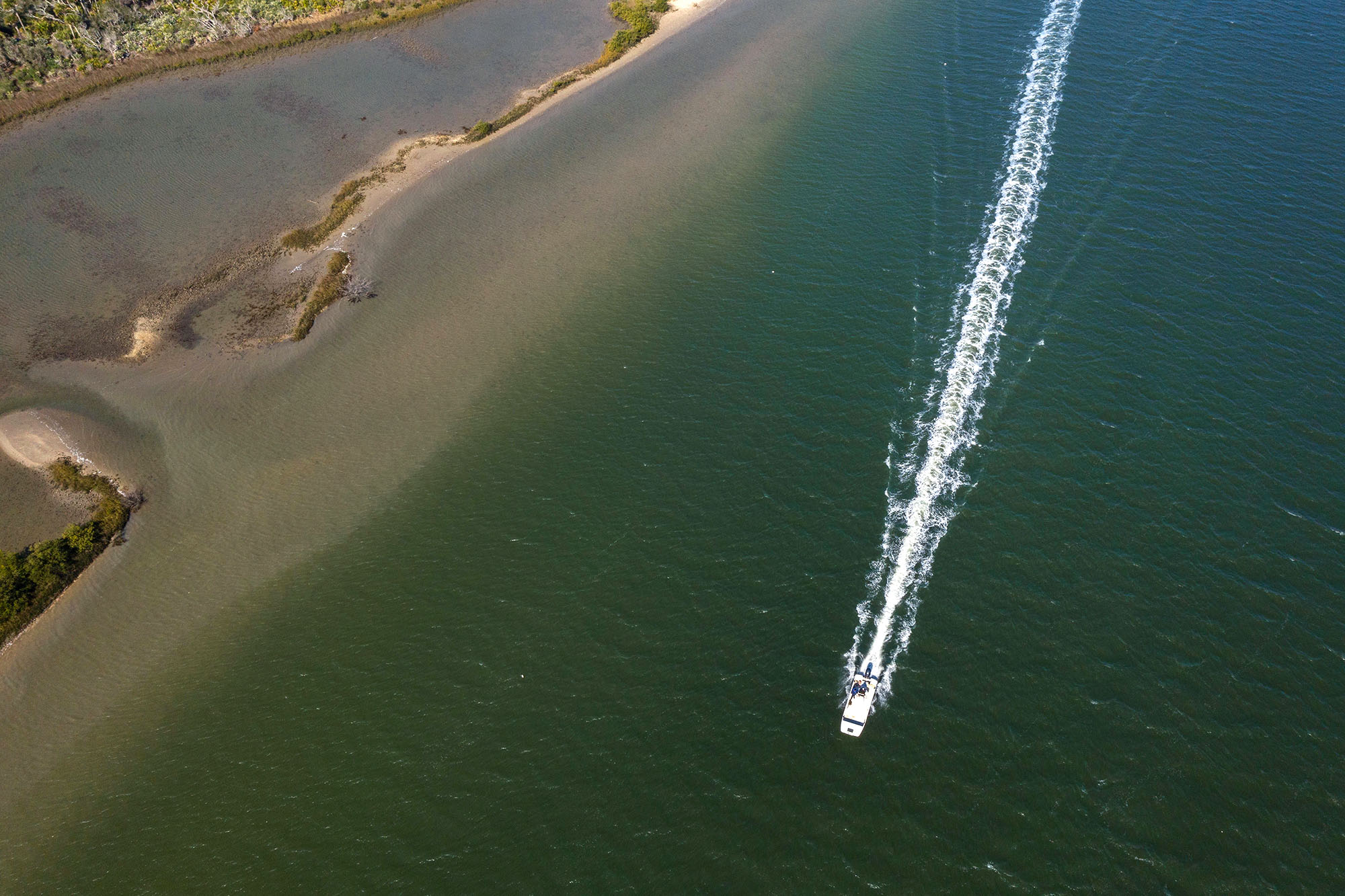Human activity ‘helped fuel’ red tide events, new study reveals

The study is just the beginning of discovering the effects of human activity on red tide blooms. (File photo/UF)
In a new study that is the first to explain what some have long suspected, researchers found that human activity helps sustain and intensify naturally occurring red tide blooms in Southwest Florida.
Conducted by researchers at the University of Florida, Sanibel-Captiva Conservation Foundation and Sarasota Bay Estuary Program, the study found that while a combination of factors contributes to red tide blooms, human activity has played a consistent role in intensifying them during the past decade.
The researchers linked blooms in Charlotte Harbor and surrounding coastal areas to nitrogen inputs from the Caloosahatchee River, Lake Okeechobee and areas upstream of the lake. The study was published in the journal Science of the Total Environment.
“While red tide blooms develop naturally, we took a long view and found evidence that human activity has helped fuel coastal blooms in this estuary to varying extents between 2012 and 2021,” said Miles Medina, lead author of the study and a research scientist at UF’s Center for Coastal Solutions.
Determining what contributes to red tide intensification has been a priority for coastal states, as the harmful toxins these blooms create affect humans and sea and land creatures alike.
Yet, finding a causal link between human activity and red tide blooms has been challenging for researchers because of the complexity of the blooms and the many factors that contribute to them.
The center and its partners analyzed data taken from the Caloosahatchee Estuary, Charlotte Harbor, surrounding coastal areas and parts of the area’s watershed, which are dominated by urban, residential and agricultural land uses.
They found that nitrogen inputs from both coastal and inland parts of the watershed — starting with the Kissimmee River, flowing into Lake Okeechobee, then into the Caloosahatchee River and finally into the estuary — consistently intensified the blooms in the harbor.
“This study confirms that nitrogen loads can in fact make red tide last longer,” said study coauthor Christine Angelini, director of the Center for Coastal Solutions. “However, it is important not to jump to conclusions and immediately assign ‘blame’ for red tide events to a particular land use because other factors play a role as to the level of impact human activity will have.”
Dave Tomasko, study coauthor and director of the Sarasota Bay Estuary Program, explained that for over a decade the state of Florida has acknowledged that nitrogen loads from the Caloosahatchee River are too high.
“Our paper simply indicates that there are additional benefits to reducing nitrogen loads such as a reduced enhancement of red tides that arrive on our coast,” he said. “Basically, if we do the things that the state has already determined need to be done, we would not only benefit oxygen and water clarity and seagrass meadows in this estuary, but also likely help to reduce the impacts of future red tides."
This study is just the beginning of discovering the effects of human activity on red tide blooms.
“The UF Center for Coastal Solutions and our partners are using large datasets and cutting-edge tools in modeling, analytics and artificial intelligence to advance scientific understanding of red tide and other water quality issues along the coast,” Medina said. “And to better understand these blooms, we need a comprehensive look at the entire watershed and the Gulf and how inputs from the watershed interact with circulation patterns and biological and chemical processes in the harbor.”
